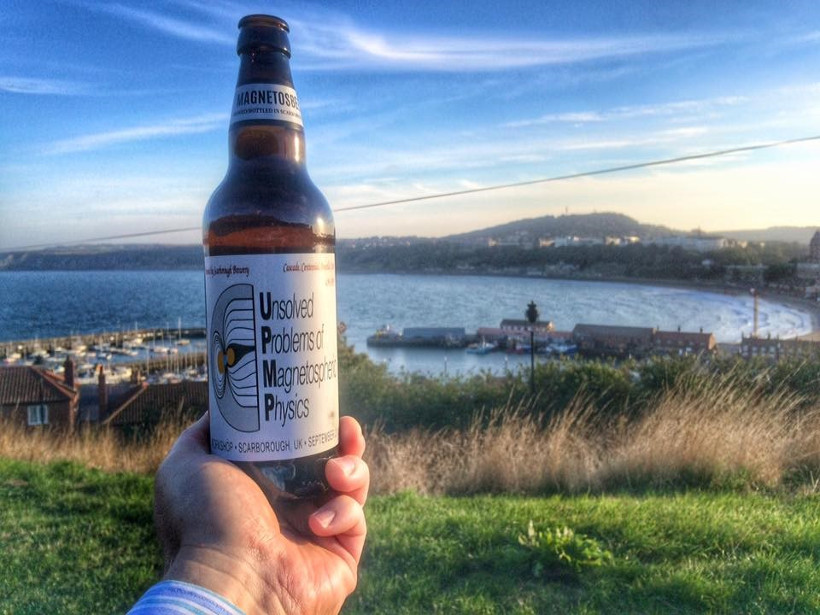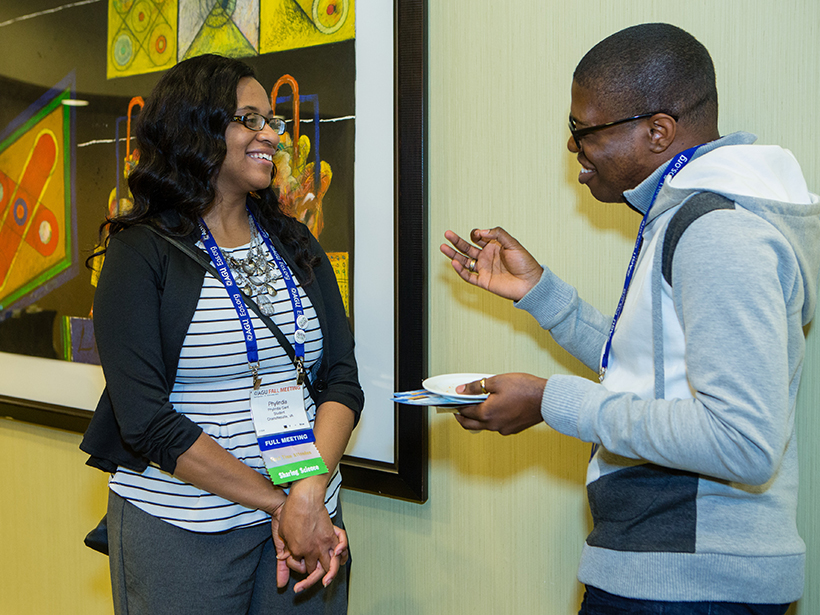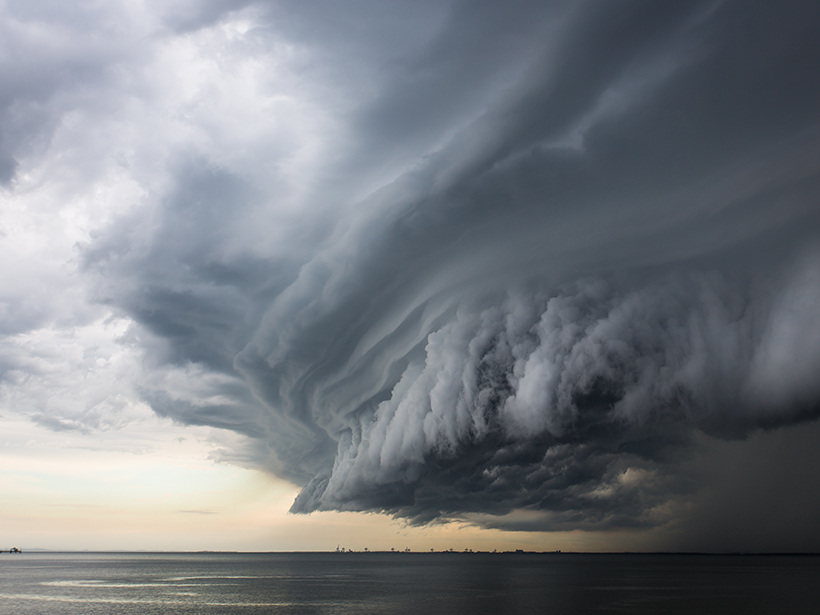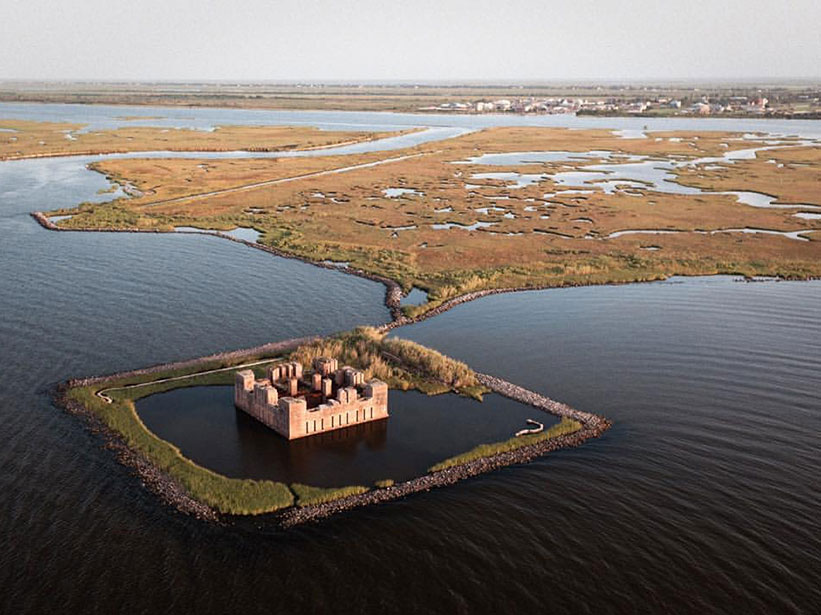5th Workshop on SMART Cable Systems: Latest Developments and Designing the Wet Demonstrator Project; Dubai, United Arab Emirates, 17–18 April 2016
meetings & workshops
Even the Magnetosphere Has Problems
In a new conference and collection of papers, international space physicists narrow down the enigmas that puzzle magnetospheric science.
AGU Student Travel Grants Help Underrepresented Groups
Financial support from the American Geophysical Union's travel grants programs increases opportunities for women, underrepresented minorities, and international students to attend Fall Meeting.
Charting the Future for AGU's Meetings Program
As Earth and space scientists' needs and ways of interacting change, the American Geophysical Union is developing an improved strategy and vision for the attendee experience at AGU meetings.
Characterizing Superwarm Periods in Earth's History
DeepMIP Kickoff Meeting; Boulder, Colorado, 14–15 January 2016
Preparing to Face the Future of Agriculture in the United States
Third Annual Long-Term Agroecosystem Research (LTAR) Meeting; Venus, Florida, 22–26 February 2016
Groundwater Contamination in Karst Regions Affects Human Health
Karst, Groundwater Contamination, and Public Health: Moving Beyond Case Studies; San Juan, Puerto Rico, 27 January to 1 February 2016
Volunteer as a Mentor at Fall Meeting
You can help the next generation of Earth and space scientists succeed at Fall Meeting and beyond.
Characterizing Climate Fluctuations over Wide-Scale Ranges
Scale and Scaling in the Climate System; Jouvence, Quebec, Canada, 5–7 October 2015
Global Risks and Research Priorities for Coastal Subsidence
Some of the world's largest cities are sinking faster than the oceans are rising. Humans are part of the problem, but we can also be part of the solution through monitoring and modeling.










